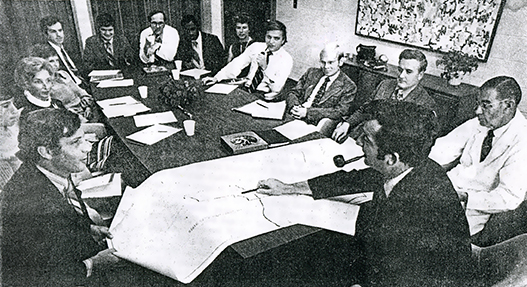Our History
NC AHEC evolved from national and state concerns with the supply, distribution, retention and quality of health professionals.

In 1970, a report from the Carnegie Commission recommended the development of a nationwide system of Area Health Education Centers.
Legislation and federal support since the early 1970s has made the implementation of AHEC programs possible in many states. This national focus coincided with a growing effort in North Carolina to establish statewide community training for health professionals and reverse a trend toward shortages and uneven distribution of primary care physicians in the state’s rural areas.
The program began in 1972 with three AHEC regions under a federal AHEC contract with the University of North Carolina at Chapel Hill School of Medicine. In 1974, the North Carolina General Assembly approved and funded a plan to create a statewide network of nine AHEC regions. The plan called for the establishment of 300 new primary care medical residencies and the regular rotation of students to off-campus sites.
The General Assembly also provided funds to build or renovate AHEC educational facilities in the nine regions and to develop the proposed program components. By 1975, all nine AHECs were operational.
